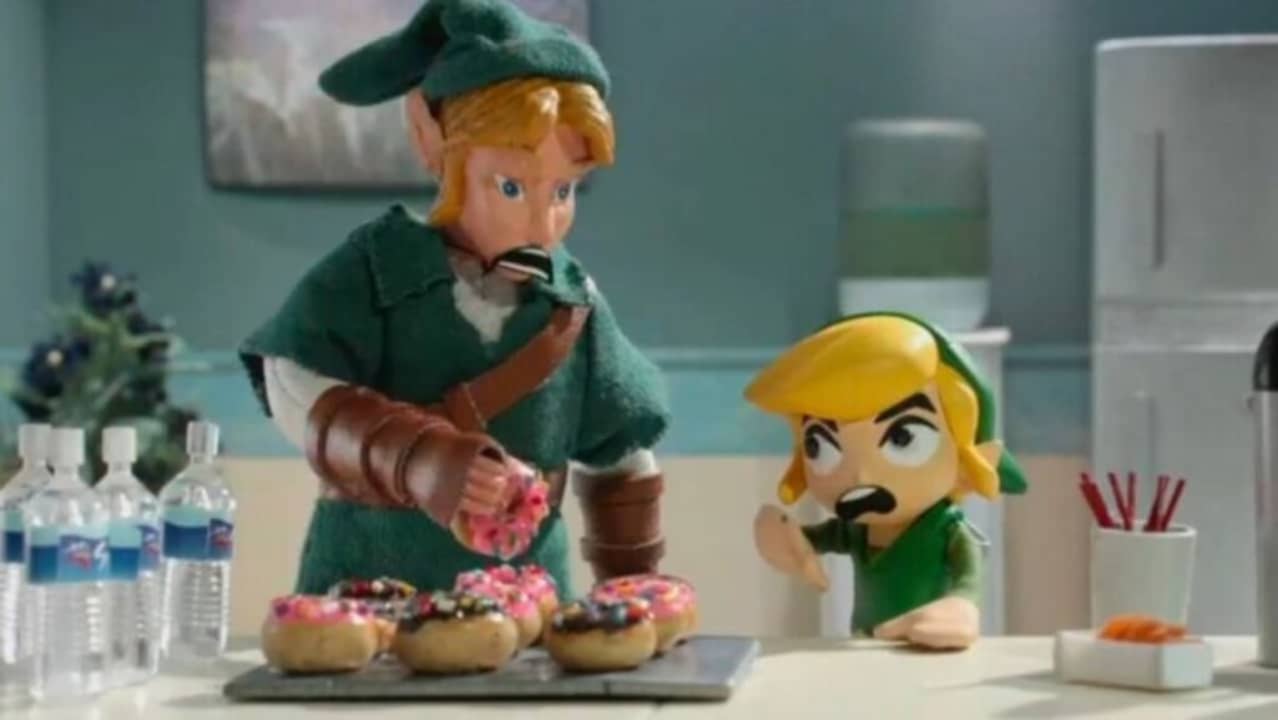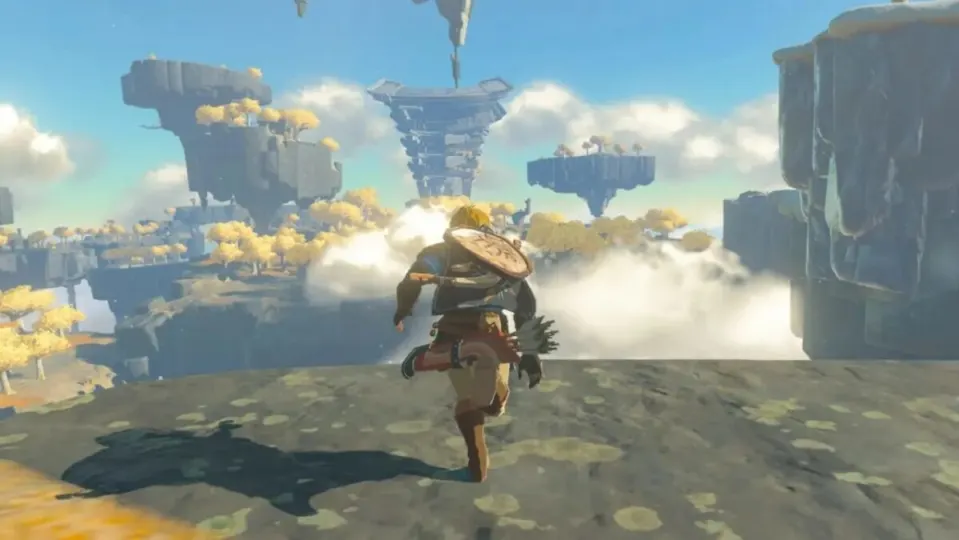With thirty-seven years behind it, The Legend of Zelda is one of the most influential sagas in the history of videogames. Within the medium, it has shaped entire genres. Outside of it, its influence has been no less. Link is recognizable even to those who have never touched a controller in their lives, and Zelda is a name that resonates in everyone’s mind. That’s why it seems interesting that we stop for a moment to think about how it has influenced our culture, both inside and outside the video game. Because few video game franchises can claim to be as iconic as one of Nintendo’s two main swords.
Although the game is called The Legend of Zelda, we cannot deny that its best known character is Link. Known by parents and grandparents around the world as Zelda, despite being a boy, but in many occasions also confusing his gender because of his androgynous beauty, he has appeared on more than a few occasions in movies, television and other video games. Particularly in animated series.
Among the series in which Link has made cameos is South Park. In the three-part episode Imaginationland he appears briefly, passing in front of the camera, as one of the characters who inhabit the world where all the things we humans have ever imagined exist. More subtly, in the background, Ganondorf, better known as Ganon, the main villain of the saga, can also be found. Within the sardonic series, another one that would make its own homage is Rick & Morty. In the episode of the second season called Total Recall where an alien manipulates the minds of the whole family, making them believe that there are all kinds of imaginary beings, and forcing Rick at one point to sell the Nintendo 3DS Zelda Edition to the others. A rather subtle detail that only the most fanatical fans of the saga will notice.

Speaking of irreverent series, Robot Chicken have made a lot of humor, particularly of the relationship between Link and Zelda. In the third season episode Shoe, in the sketch Rescuing Zelda, Link saved Zelda only for Zelda to point out that she barely knew him and was already tired of all the guys who had come to her rescue before him. In the episode sketch Fridge Smell, from season eight, Link and Zelda sleep together in the same bed, only to be woken up by Zelda’s farts, part of the joke being how he calls her “wind-waker”, in reference to the installment of The Legend of Zelda: The Wind Waker saga. And in the eighth season, a sketch called Hopefully Salt features Link trying to get Zelda’s bra off, only to sound the sound of discovered treasure when he finally succeeds.
More recently, in Supergirl’s tenth episode, Childish Things, a person shows up dressed as Link at the National City Toy Convention. Something that shows that the influence of The Legend of Zelda transcends the space of the animation world.

As we have already said, in addition, in the video game world there have been a thousand tributes to the characters of the franchise. Something that has led them to talk about more characters besides Link. For starters, in the much-loved The Simpsons Game, in the Enter the Cheatrix level, Lisa shouts that she hopes to meet Zelda, in reference to Princess Zelda. Similarly, in the NeverQuest level, Homer appears dressed as Link and Marge as Zelda. In Neverwinter Nights, Obsidian’s 2002 role-playing game, there was a boss named Ganon. Something that also happens in Enter the Gungeon, where a boss named Evil King, Cannon, mimics Ganon’s fight in The Legend of Zelda: A Link to the Past.
Now, if we transcend the characters to embrace the influence that symbols have, then we can extend to infinity. Because the triforce appears in so many games that it doesn’t make any sense. It’s appeared in N+, League of Legends, Professor Layton and the Diabolical Box, and The Binding of Isaac, just to name a handful of the most well-known. Because the triforce is one of the most famous video game symbols.
As is Link’s master sword. So it should come as no surprise that the master sword and how to get it are things that have been parodied many times, one of the most notable being Hamtaro: Ham-Ham Heartbreak. A Game Boy Advance game where Hamtaro must remove the legendary spoon from a pedestal that mimics that of the legendary sword, for which he must collect three stones, blue, red and green, in the same way Link must get them in order to claim the master sword in The Legend of Zelda: A Link to the Past and The Legend of Zelda: Ocarina of Time.

Now, let’s not kid ourselves: we’ve saved the sweetest for last. The sadly deceased Robbie Williams was a great lover of the saga. So much so that he named one of his daughters Zelda, after the princess from The Legend of Zelda. Something that earned them both to appear in a TV commercial for The Legend of Zelda: Ocarina of Time 3D and to make a special appearance at the London Zelda Symphony Concert at the Hammersmith Apollo for the twenty-fifth anniversary of the franchise. Thus being a living demonstration of how the love of fiction can materialize in people. Transcending something that for others may be a hobby to become something that is as intrinsic a part of our lives as a daughter.
In the end we have left a lot of things by the way. Lots of references, winks, influences. The Legend of Zelda is a very influential saga that will continue to be so in the future, because it never ceases to inspire new generations. And as long as that continues to happen, as long as Link, Zelda and Ganon continue to be a source of inspiration, there will always be reasons for us to want to remember them. Or introduce them into our lives.
Some of the links added in the article are part of affiliate campaigns and may represent benefits for Softonic.


